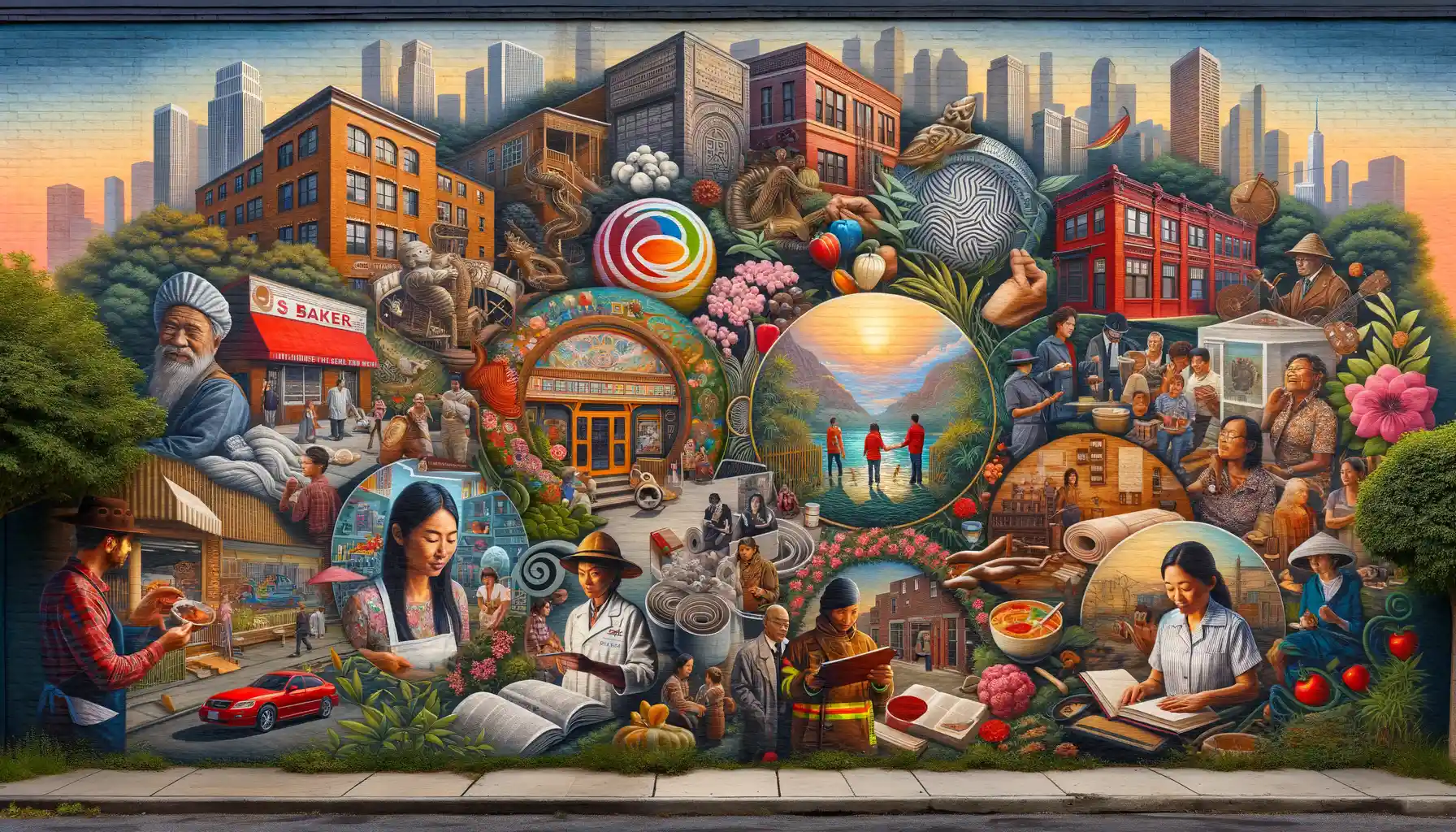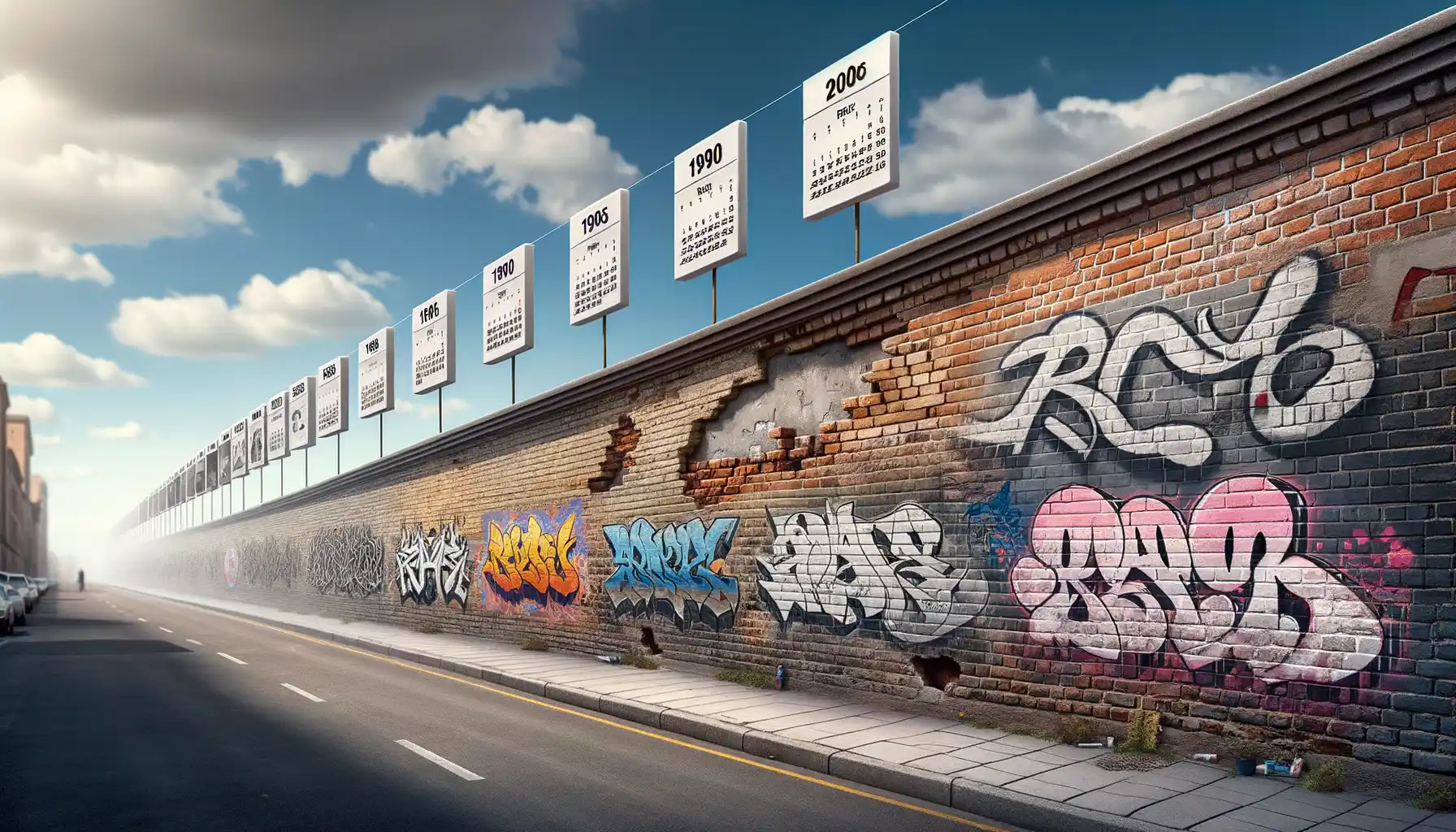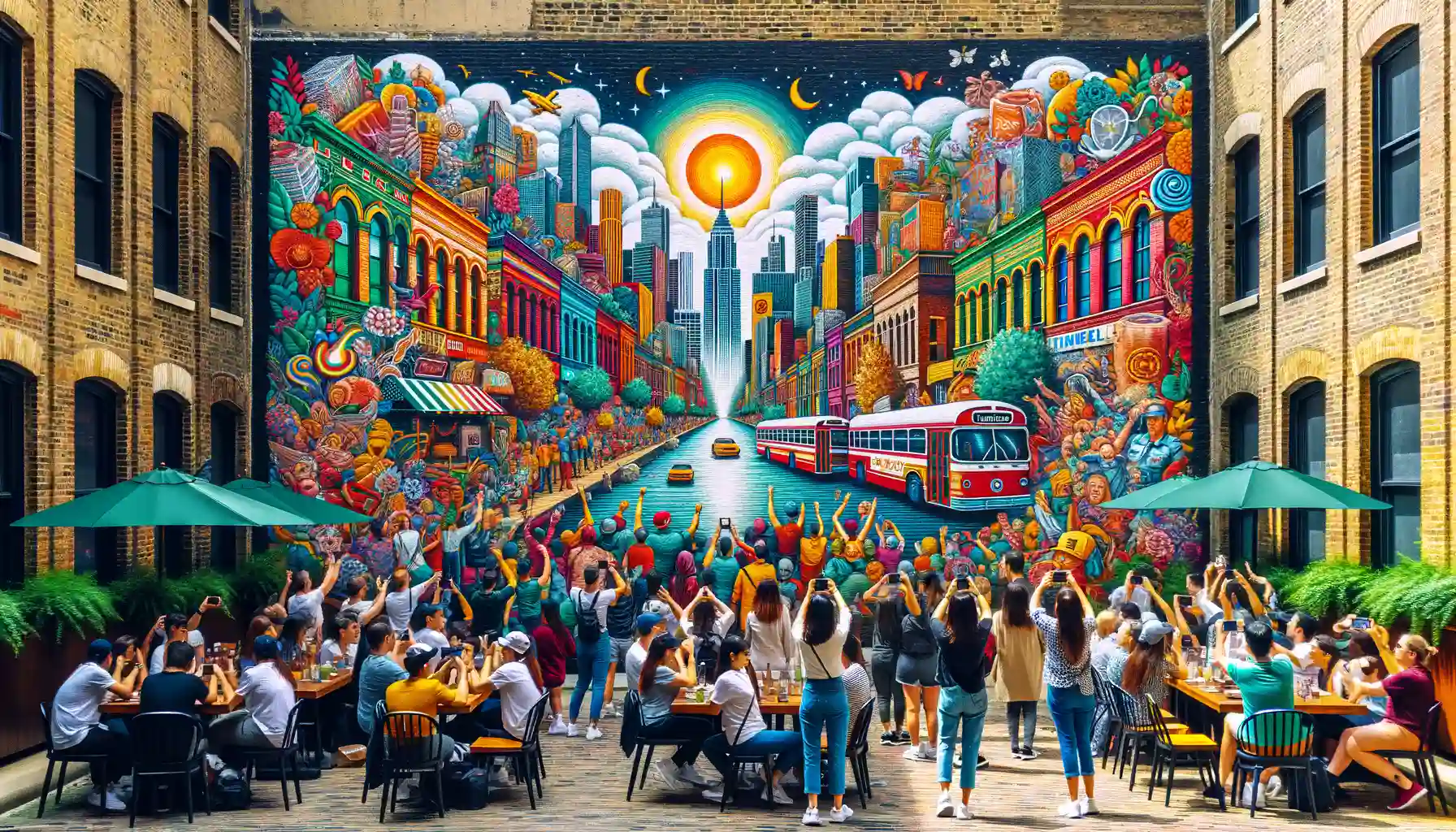Introduction to the Role of Street Art in Urban Culture
Imagine stepping into a city without its murals and graffiti—it would feel like walking into a home stripped of family photos and cherished heirlooms. Street art is the heartbeat of urban culture, an unfiltered conversation between the city and the people who live there. It’s loud, bold, and unapologetically human. It tells the stories that official plaques and brochures won’t dare touch. But what makes it so important?
Street Art as a Mirror of Identity
Take a stroll through any city and you’ll notice murals reflecting its soul. In neighborhoods battling gentrification, you’ll see fierce depictions of resilience. In arts districts, splashes of color celebrate creativity and diversity. These works aren’t just “pretty pictures”—they’re public diaries, written by local hands, for everyone to read.
Consider this:
- São Paulo’s “Batman Alley”: A kaleidoscope of evolving murals drawing visitors from across the globe.
- Banksy’s elusive works: Tiny provocations that momentarily shift how we view our world.
- Philadelphia’s mural program: Art used strategically to fight social stigma and build connections.
Each piece is alive with history, joy, or even rebellion—proof that cities, like their residents, crave expression.
A Stage Without Boundaries
What makes street art magnetic is its refusal to be confined. It can spring up on crumbling walls, stretch across factory buildings, or redefine grim underpasses. And unlike galleries, it doesn’t ask you to buy a ticket or follow rules. It meets you where you are—on your morning commute or your weekend wanderings—and speaks directly to you.
This accessibility turns street art into an ever-changing dialogue. One day it’s a vibrant celebration; the next, a fierce protest. The cityscape itself becomes its canvas, and with every brushstroke, stencil, or spray can, its identity grows sharper, richer, and impossibly more alive.
How Murals Reflect and Shape Community Identity

Murals as Mirrors of Community Life
Step into any neighborhood with eye-catching murals, and you’re not just seeing art—you’re glimpsing the soul of the community. These larger-than-life paintings are more than decoration; they’re storytellers. They document struggles and triumphs, celebrate local legends, and honor shared history.
Take a stroll through a mural-heavy area like East Los Angeles or Belfast, Northern Ireland. The walls seem to whisper stories: a vibrant portrait of a local civil rights leader, bold slogans calling for justice, or tributes to cultural heritage through intricate patterns. These images aren’t random—they reflect what residents feel, fear, fight for, and take pride in.
What’s more, murals create dialogue. Imagine a towering painting of a mother holding her child, surrounded by flowers native to the region. It might spark questions: Why that flower? Who is she? Through such conversations, these works bridge communities together, instilling pride and sparking curiosity.
- Murals turn forgotten walls into shared canvases.
- They remind us of the values we hold dear—or the challenges we still face.
The Ripple Effect of Bold Art
The beauty of community murals lies in their ripple effect. One mural can transform how people interact with a place. Picture a blank, gray alley transformed by a vivid, heartfelt piece—it invites people to linger, take photos, or even host events nearby.
But here’s the magic: murals don’t just represent identity; they actively shape it. Think about cities like São Paulo or Berlin—murals there didn’t only reflect the rebellious spirit of their citizens; over time, they amplified it. Suddenly, those areas became hubs for creative expression, attracting artists and dreamers alike.
Public art doesn’t just sit still; it sparks action, shifts perspectives, and gives a sense of belonging. And those bold colors on walls? They echo louder than you’d ever expect.
The History and Evolution of Street Art in Cities

The Roots of Street Art: From Rebellion to Cultural Movement
Picture this: the year is 1970, and the streets of New York City are alive with energy. In the shadows of skyscrapers, young artists armed with spray cans and raw ideas begin to scribble their souls onto walls and subway cars. This was more than vandalism—it was rebellion, a loud cry for visibility in a world that often ignored them. Street art sprouted from the cracks of societal unrest, transforming neglected corners into colorful stages for untold stories.
But street art didn’t remain confined to urban protests. Over time, its purpose evolved. By the 1980s, artists like Keith Haring turned graffiti into public conversations, tackling themes of love, politics, and identity. What began as hurried tags morphed into sprawling murals, rich with symbolism and emotion. Cities became living galleries, their walls breathing with art.
- Graffiti writers claimed their names, shaping the early days of the movement.
- Stencil techniques brought precision and clear messaging—think Banksy.
- Massive community murals emerged, giving neighborhoods shared pride and visual narratives.
Each wall whispers a story, an evolution from chaos to cohesion. And through it all, cities themselves became storytellers.
Case Studies of Iconic Street Art from Around the World
![]()
The Heartbeat of Cities: Stories Told Through Murals
Close your eyes and imagine walking down a bustling alley in Berlin’s gritty Kreuzberg district. Splashed across an entire building, you spot the unmistakable work of Blu: a giant figure unzipping its own face in a surreal dance of identity. This mural isn’t just paint on plaster—it’s a defiant roar against gentrification, a visual reminder of a community grappling with change.
Now shift to the vibrant streets of Bogotá, Colombia. There, Crisp’s mesmerizing piece “El Beso de los Invisibles” leaps off a forgotten wall. It’s tender yet raw, portraying two lovers from overlooked classes embracing. The colors electrify your senses, but the message cuts deeper—an ode to those left unseen in a surging metropolis.
- The political ferocity of Banksy’s “Girl With a Balloon” in London—emotive simplicity packed into a small corner.
- The kaleidoscopic hues of São Paulo’s Eduardo Kobra, whose tribute to Alfred Nobel sprawls across towering city blocks.
These murals don’t just exist; they breathe, stir emotions, and ignite conversations, turning the cities they inhabit into dynamic open-air galleries.
The Impact of Public Murals on Tourism and Local Economies

Colorful Canvases That Attract Wanderers
Imagine strolling through a city and being unexpectedly greeted by a towering mural bursting with color that stops you in your tracks. It’s not just paint on a wall—it feels like the heartbeat of the neighborhood, whispering its stories and struggles. Public murals have this magnetic power to turn dull alleys into Instagram hotspots, luring locals and travelers alike.
For tourists, these massive artworks act as landmarks. Murals by renowned artists like Eduardo Kobra in São Paulo or Shepard Fairey in Los Angeles have become must-visit destinations. They sit alongside museums on travel itineraries and often earn a spot on the “Top 10 Things to Do” lists. Why? Because they’re free, unfiltered, and unforgettable. You snap a photo, tell your friends, and boom—word-of-mouth marketing for the city.
Boosting Local Wallets, One Brushstroke at a Time
Public murals can also inject fresh energy into local economies. Their ripple effect benefits small businesses like:
- Cafés, where mural-hunting tourists stop for a latte.
- Street vendors, who set up shop beside crowd-favorite pieces.
- Guided tour companies, offering mural-focused walks or bike tours.
Take Miami’s Wynwood Walls as an example. Once an industrial wasteland, today it’s a thriving district packed with art lovers and creative entrepreneurs. Isn’t it fascinating how art transforms both spaces and livelihoods?
